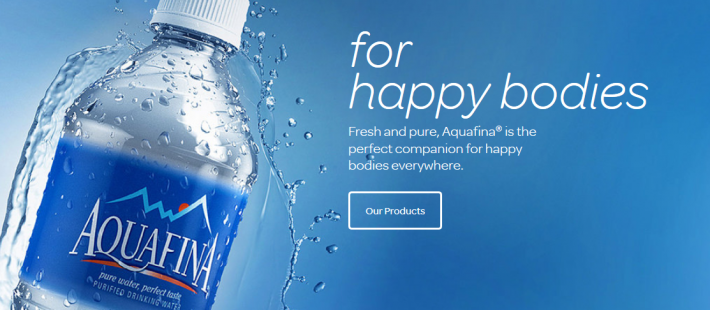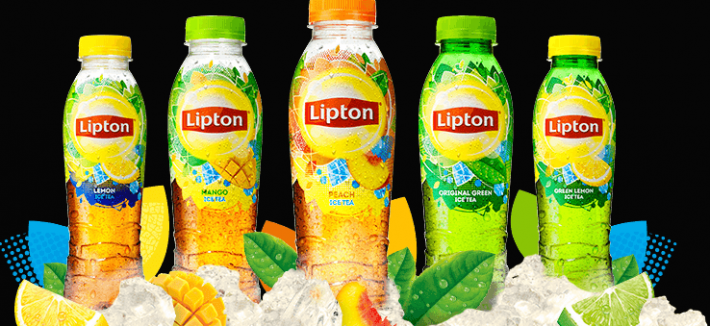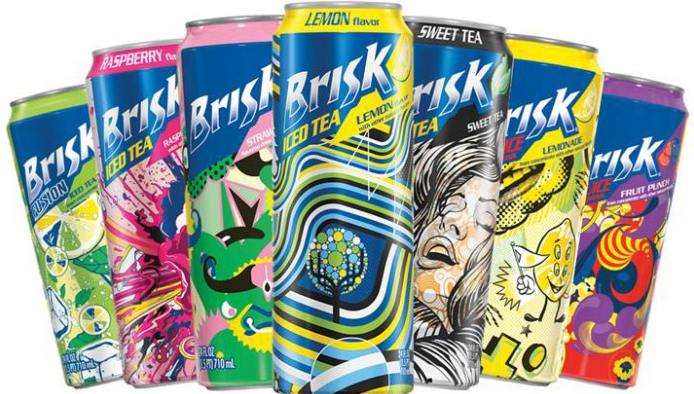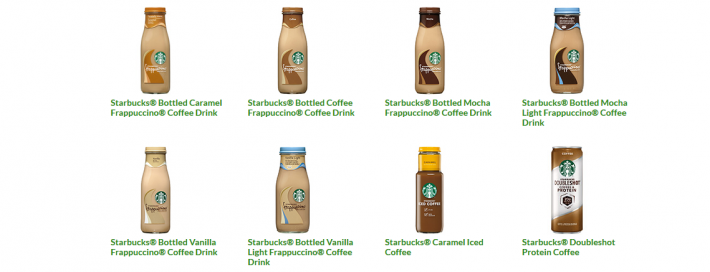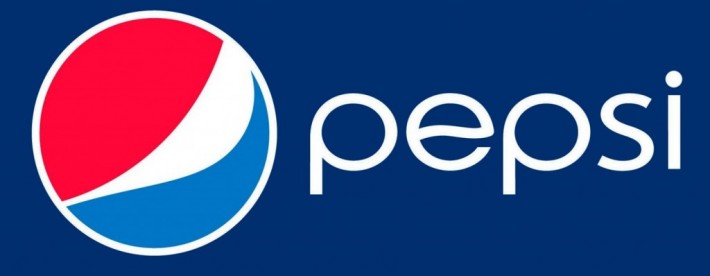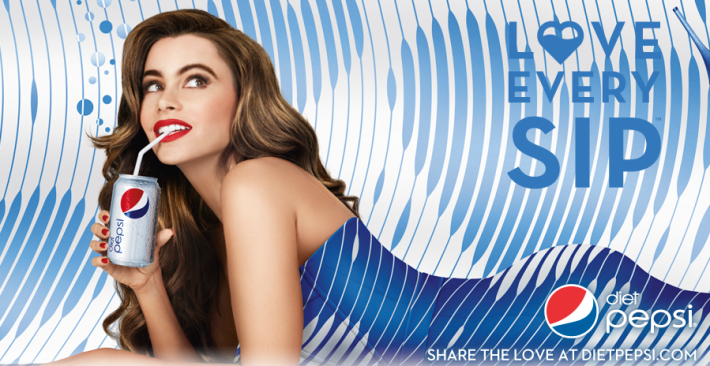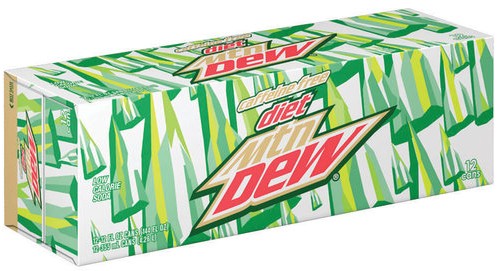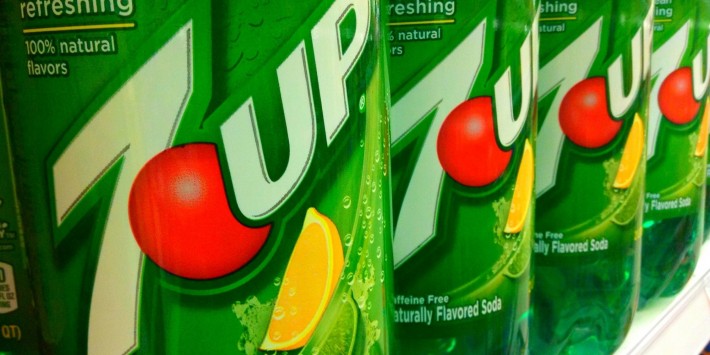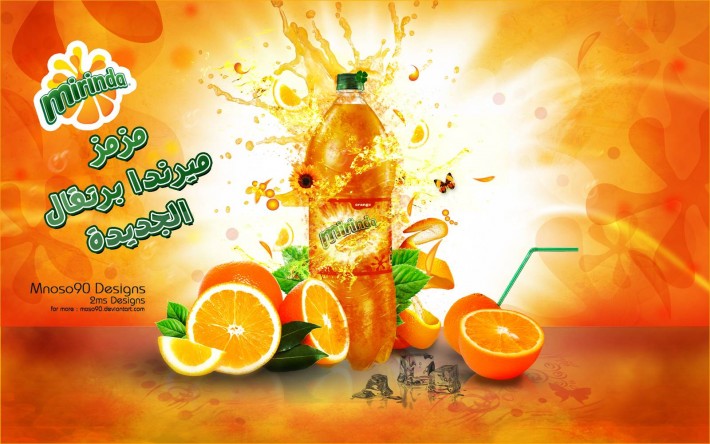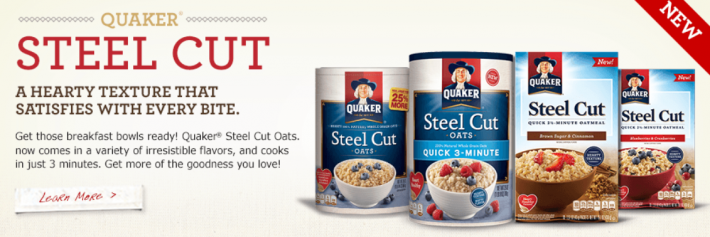First Published on May 23rd, 2022 by Bob Ciura for SureDividend.
Did you know PepsiCo (PEP) now generates more revenue from its food brands than from its beverage brands? In 2022, food products represented 58% of PepsiCo’s total revenue. The biggest reason for PepsiCo’s emerging foods portfolio is the acquisition of Frito-Lay in 1965.
Since that time, the Frito-Lay brands have realized tremendous growth. PepsiCo’s strategy of building both drink and food brands has paid dividends for shareholders, literally and figuratively.
PepsiCo has increased its dividend payments for 50 consecutive years. This makes PepsiCo one of 68 Dividend Aristocrats – S&P 500 stocks with 25+ years of rising dividend payments each year.
You can download the full Dividend Aristocrats list (with important financial metrics like dividend yields and price-to-earnings ratios) by clicking on the link below:
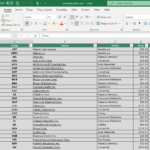
The stock currently has an above-average dividend yield of 2.8%. PepsiCo has grown its revenue and earnings-per-share for decades, which has allowed it to continue increasing its dividend each year.
Of course, its brand portfolio is the reason for its long history of growth. The company now has many individual brands that each generate $1 billion or more in annual sales.
This article will take a closer look at PepsiCo’s largest brands.
Table of Contents
You can instantly jump to any specific section of the article by clicking on the links below:
- •PepsiCo’s Largest Brands
- •Gatorade
- •Tropicana
- •Aquafina
- •Lipton
- •Brisk
- •Starbucks RTD Beverages
- •Pepsi
- •Diet Pepsi
- •PepsiMax
- •Mountain Dew
- •Diet Mountain Dew
- •7 Up
- •Sierra Mist
- •Mirinda
- •SodaStream
- •Lay’s
- •Walkers
- •Doritos
- •Ruffles
- •Fritos
- •Cheetos
- •Tostitos
- •Quaker
- •PepsiCo Valuation
- •PepsiCo’s Growth Prospects
- •Final Thoughts
PepsiCo’s Largest Brands
The image below shows PepsiCo’s iconic brands:
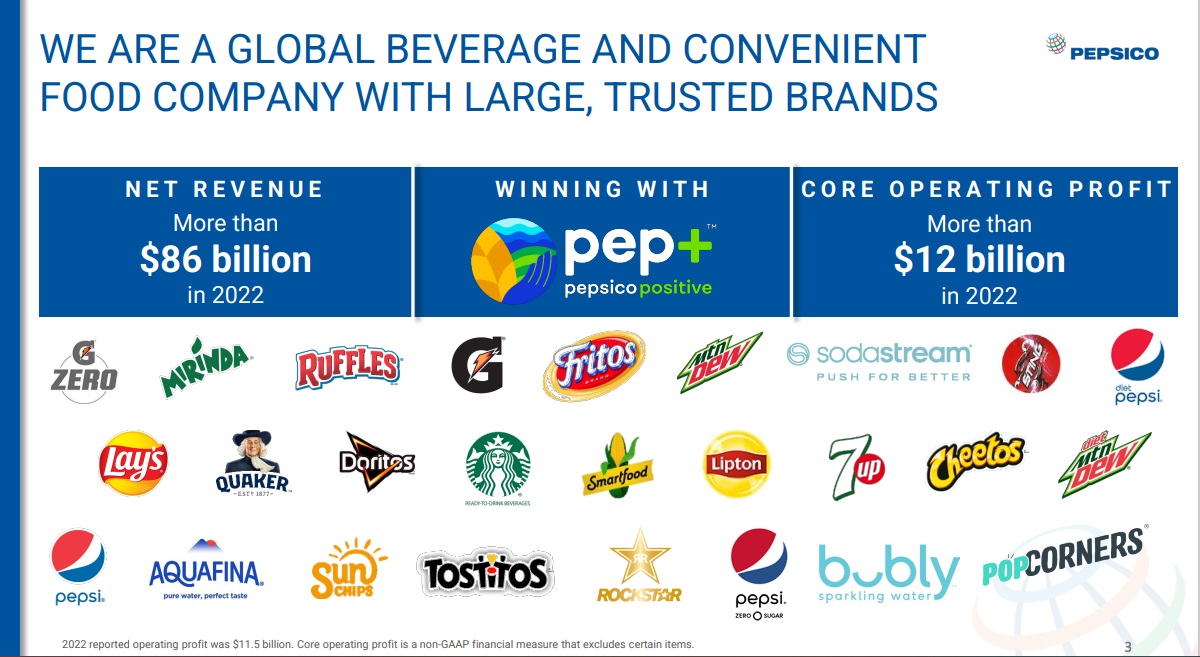
Source: Investor Presentation
Of PepsiCo’s largest beverage brands, 10 are carbonated (called sparkling) and 6 are non-carbonated (called still).
* Lipton and Starbucks RTD Beverages are partnerships with Unilever (UL) and Starbucks (SBUX), respectively. Dr. Pepper/Snapple (DPS) owns the United States rights to 7 Up while PepsiCo owns the rights outside North America.
Despite PepsiCo’s name, the company sells much more than carbonated beverages. In fact, only 10 of the company’s largest brands are carbonated. PepsiCo long ago recognized the growth of still beverages over sparkling beverages. Even within the sparkling beverages category, PepsiCo has looked for growth outside soda, such as the $3.2 billion acquisition of SodaStream in 2015.
PepsiCo’s snacks portfolio is second-to-none. The company dominates the snacks category – especially in the United States. In addition to its 7 iconic chip brands, PepsiCo also owns the Quaker food brand.
All of PepsiCo’s largest brands are analyzed in detail below. Still brands are analyzed first, followed by sparkling brands, and then the company’s food brands.
Gatorade
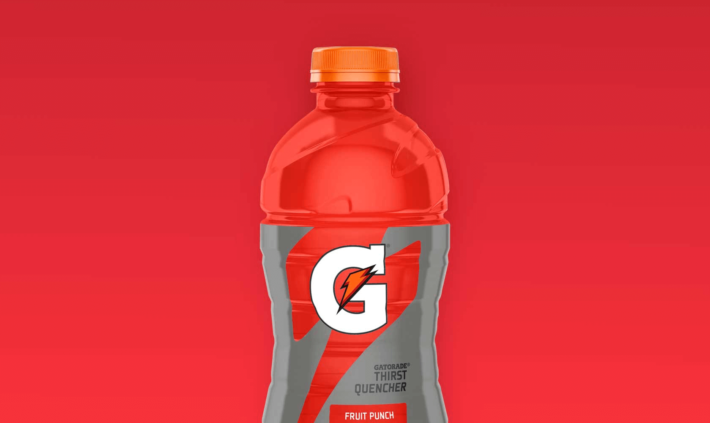
Gatorade was originally formulated in 1965 by a team of scientists led by Robert Cade at the University of Florida. In 1967, the University of Florida won the Orange Bowl which garnered publicity for Gatorade. Shortly after the Orange Bowl, Cade entered into an agreement with Stokley-Van Camp to manufacture and market Gatorade.
Quaker Oats purchased Stokley-Van Camp in 1983. In 2001, PepsiCo purchased Quaker Oats for $13.4 billion. Gatorade is the market leader in sports drinks by a wide margin. The brand has over 70% market share in the United States.
The Gatorade brand has become so successful through advertising deals with large professional sports associations and players. Gatorade is the only beverage besides water that athletes can drink court-side at NBA games. PepsiCo is now the official food and beverage partner of the NBA.
Tropicana
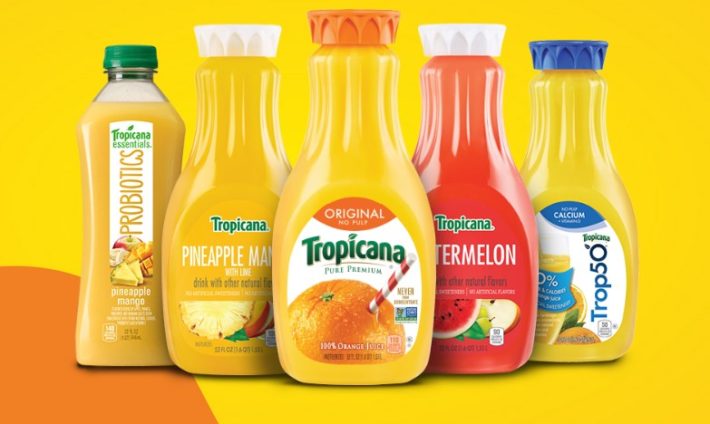
Tropicana was founded in 1947 by Anthony Rossi. Rossi was an Italian immigrant to the United States. In 1954, Tropciana was one of the earliest adopters of flash pasteurization which allowed the company to sell not-from-concentrate, ready-to-drink orange juice.
Tropicana went public in 1969 and traded on the New York Stock Exchange. Beatrice Foods acquired Tropicana in 1978. The Seagram Company acquired the Tropicana brand from Beatrice Foods in 1988 for $1.2 billion. Seagram grew the Tropicana brand and expanded it internationally. PepsiCo acquired Tropicana in 1998 for $3.3 billion.
PepsiCo last released sales data for Tropicana in 2011. At that time, Tropicana generated about $6 billion a year in sales and was PepsiCo’s 5th largest brand behind Gatorade, Mountain Dew, Lay’s, and Pepsi.
Today, Tropicana is the leader in the United States ready-to-drink orange juice market. The brand is losing ground to Coca-Cola’s Simply Orange brand, which is a billion dollar brand in its own right.
Aquafina
Both Tropicana and Gatorade were acquired by PepsiCo. Aquafina was developed in house. PepsiCo released Aquafina water in 1994 to compete in the bottled water market. PepsiCo had a 5-year head start on rival Coca-Cola’s Dasani brand which was released in 1999.
Aquafina water is municipal tap water that is filtered and purified using reverse osmosis, ultraviolet light, and ozone. PepsiCo has especially high margins on bottled water as it has very low input costs.
In 2014, Aquafina was the third-largest bottled water brand in the United States, behind Dasani and private-label brands. Aquafina is not sold only in the United States. It is an international brand with a global presence.
Lipton
PepsiCo does not own the Lipton brand outright. The company distributes and sells Lipton’s ready-to-drink beverages in a partnership with Unilever. PepsiCo entered into an agreement with Unilever to sell ready to drink Lipton brands in the United States in 1991.
The two companies entered into more agreements in 2003, 2007, and 2014 to sell ready-to-drink Lipton beverages in many international markets.
By 2011, Lipton ready-to-drink beverages has annual sales of over $2 billion. Today, Lipton ready-to-drink beverages are sold in over 100 markets around the world.
Brisk
Like the Lipton ready-to-drink beverages, the Brisk beverage band is a result of the PepsiCo-Unilever partnership. Brisk is a tea brand targeted toward younger consumers.
The brand reached over $1 billion in annual sales in 2012. Brisk increased the size of its cans and dropped its price to $0.99 to compete with Arizona Tea.
PepsiCo has 2 tea brands that generate $1 billion plus a year in sales. The tea industry is realizing solid growth as consumers slowly switch from sodas to ready-to-drink tea. The United States tea industry in particular grew from $2 billion in 1990 to $10 billion in 2014 – quadrupling in just under 25 years for a compound annual growth rate of 7%.
Starbucks RTD Beverages
PepsiCo has 6 major still beverage brands. Of those brands, 1 was developed in house (Aquafina), 2 were acquired (Tropicana and Gatorade), and 3 are the result of partnerships with other companies (Lipton, Brisk, and Starbucks RTD Beverages).).
Starbucks and PepsiCo reached an agreement in 1994 to distribute ready-to-drink coffee drinks in North America. In 2007, the companies agreed to international distribution, starting with China. Starbucks also sells ready-to-drink beverages in South Korea, Japan, and Taiwan through an agreement not through PepsiCo.
When Starbucks and PepsiCo first partnered in 1994, the ready-to-drink coffee business generated just $60 million in the United States. Times have changed. By 2012, Starbucks RTD beverages were generating more than $1 billion a year in sales.
Pepsi
The Pepsi brand is PepsiCo’s namesake – it is also the company’s oldest brand.
Pepsi was first sold as ‘Brad’s Soda’ in 1893. The soda was developed by Caleb Bradham in New Bern, North Carolina. In 1898, he renamed his soda Pepsi Cola. Pepsi Cola gets its name from the digestive enzyme pepsin and the kola nut which was used in the recipe.
The Pepsi Cola Company grew until it began speculating on sugar prices. Sugar price speculation forced the company into bankruptcy in 1931.
The company’s brand and assets were purchased by Roy Megargel. Megargel was unsuccessful in reinvigorating the Pepsi brand. He sold to Charles Guth, the head of candy manufacturer Loft, Inc. Guth purchased Pepsi to sell in his stores instead of Coca Cola because Coca Cola would not give him a discount on syrup.
Related: The Top 3 Candy Stocks Now For Sweet Returns
Guth grew the Pepsi brand, but Loft, Inc. struggled. Guth owned the Pepsi brand personally but had been using funds from Loft, Inc. to grow the brand. Loft, Inc. sued Guth for the Pepsi brand and eventually won.
Loft, Inc. changed its name to Pepsi-Cola company around 1940. From that time on, the Pepsi Company and Pepsi brand have realized tremendous growth. Today, Pepsi is PepsiCo’s most valuable brand. Pepsi is sold in over 200 countries and generates more than $20 billion a year in revenue.
Despite its success, Pepsi is only the third-most popular soda, behind Coca-Cola and Diet Coke.
Diet Pepsi
Diet Pepsi was the first diet cola distributed nationally in the United States. Diet Pepsi was first released in 1964. For comparison, Coca-Cola did not release Diet Coke until 1982, 18 years later.
By 2011, Diet Pepsi was generating over $5 billion a year in annual sales. The Diet Pepsi brand is PepsiCo’s 6th largest brand based on revenue.
Today, Diet Pepsi has the 7th-highest soda market share in the United States.
Pepsi Max
Pepsi Max is PepsiCo’s diet offering for men. The traditional diet soda drinker is female. The word diet does not appeal to male consumers as much as female consumers. Pepsi Max is a zero-calorie diet drink that is marketed directly toward a male audience.
Pepsi Max was released in 1993 in the United Kingdom and Italy. The brand quickly spread internationally. Unlike the traditional Pepsi brand, Pepsi Max was introduced outside the United States.
Mountain Dew
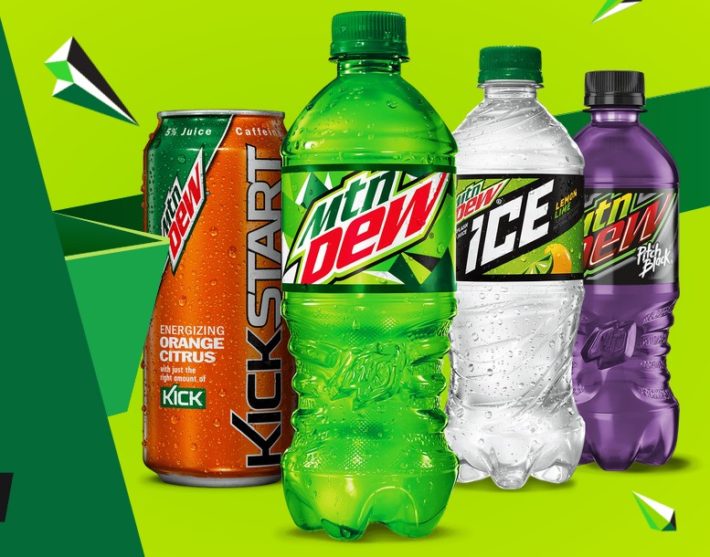
Mountain Dew is PepsiCo’s second most popular beverage brand, behind only Pepsi. In 2011 (the last year Pepsi gave brand-based sales data), Mountain Dew had sales of around $7 billion.
Mountain Dew was created in Tennessee in 1940 by Barney and Ally Hartman. Mountain Dew is now sold in many countries around the world. In some countries, Mountain Dew has no caffeine, while in other countries it has a high level of caffeine for a soda.
Diet Mountain Dew
Diet Mountain Dew was first released in 1986 as ‘”Sugar Free Mountain Dew”. The brand was renamed Diet Mountain Dew in 1988. Diet Mountain Dew reached $1 billion in annual sales in 2011.
7 Up
Pepsi owns the international rights to 7 Up, not the rights to the company in the United States. 7 Up was invented by C.L. Grigg in 1929. Grigg worked for the Howdy Corporation, which also produced Howdy Orange drink. Interestingly, 7 Up contained the mood stabilizer Lithium Citrate until 1950.
Related: The Best Lithium Stocks: Industry Coverage From Mining To Batteries
The 7 Up brand has changed hands many times before being acquired by Pepsi. Westinghouse purchased the 7 Up brand in 1969. The brand was sold to cigarette giant Philip Morris in 1978.
Eight years later, Philip Morris sold the international rights to 7 Up to Pepsi for $246 million. Philip Morris sold the United States rights to 7 Up to an investment group. The United States/Canada rights are currently owned by Dr. Pepper/Snapple (DPS).
In 2011, Pepsi realized nearly $5 billion in annual sales from 7 Up. PepsiCo uses its excellent international distribution and marketing capabilities to sell 7 Up around the world.
Sierra Mist
Sierra Mist is PepsiCo’s answer to Sprite. Sierra Mist is a lemon-lime flavored soda. Since 2010, PepsiCo has opted to make Sierra Mist free of artificial sweeteners. The soda is sweetened with sugar and stevia.
The Sierra Mist name is oddly similar to the Mountain Dew name –with mist and dew having very similar meanings and Sierra being a mountain range.
Sierra Mist was introduced by PepsiCo in 1999. The Sierra Mist brand is one of PepsiCo’s ‘smaller’ large brands.
Mirinda
Mirinda is one of PepsiCo’s oldest beverage brands. The Mirinda brand was created in Spain in 1959. PepsiCo purchased Mirinda in 1970.
The Mirinida soda is available in a wide variety of fruit flavors. The most popular flavor by a wide margin is orange. Mirinda generates the bulk of its sales internationally. The brand is most popular in Europe and the Middle East.
The Mirinda brand’s closest competitor is Fanta. Fanta is owned by Coca-Cola and is also available in a wide variety of fruit flavors.
SodaStream

PepsiCo’s most recent addition to the iconic brands list is SodaStream, which the company acquired in 2015 for $3.2 billion. The rationale for the acquisition is that PepsiCo is targeting the at-home sparkling beverage market, which is an emerging growth category.
SodaStream also represents PepsiCo’s attempt to generate growth from environmentally conscious consumers who may be concerned about the proliferation of plastic water bottles. According to the company, one SodaStream bottle is the equivalent of 3,070 disposable bottles.
According to PepsiCo’s 2019 annual report, SodaStream generated 20% net sales growth last year.
Lay’s
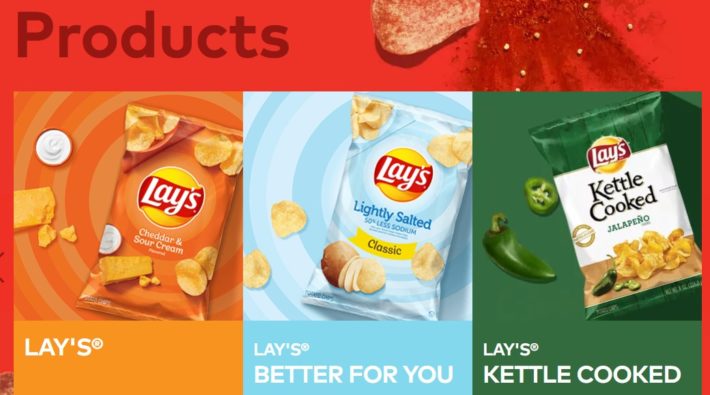
The Lay’s brand is PepsiCo’s second most valuable brand, behind only Pepsi cola. In 2017, Lay’s generated around $1.7 billion in annual sales, which amounted to just less than 30% of the potato chip market. The broader Frito-Lay segment accounted for approximately $16 billion in sales in 2017.
Lay’s was created in 1932 by salesman Herman Lay. Lay initially sold the chips out of the trunk of his car (presumably the FDA was not as harsh back then).
The Lay’s brand continued to grow over the next 3 decades. In 1961, Lay’s merged with Frito to create chip behemoth Frito-Lay. In 1965, PepsiCo and Frito-Lay merged to form PepsiCo.
Walkers
The Walkers brand is simply Lay’s repurposed for consumers in Ireland and the United Kingdom. As of 2011, Walkers was PepsiCo’s smallest iconic brand.
Doritos
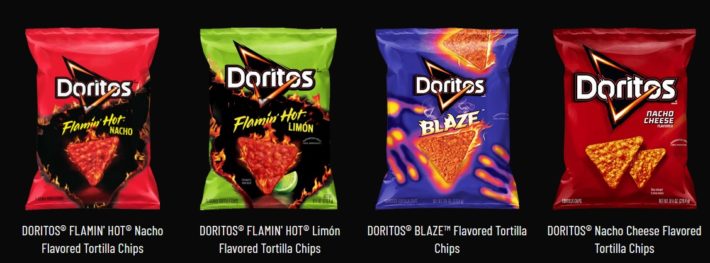
The Doritos brand is PepsiCo’s second most valuable chip brand, behind only Lay’s. The Doritos brand got its start in an interesting location…
Doritos were invented at the Anaheim, California Disneyland. In 1964, The VP of marketing at Frito-Lay noticed how popular Doritos were at Disneyland. He made a deal with Disneyland’s food supplier, and the Doritos brand was taken outside of Disneyland.
The Doritos brand broke $1 billion in annual sales in the early 1990’s. The brand has grown its revenues at around 7.5% a year over the last 25 years.
Ruffles
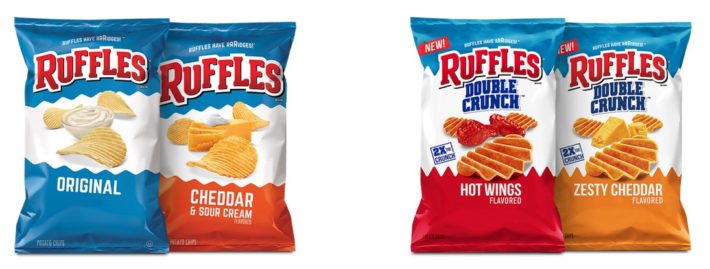
Ruffles potato chips were first introduced in 1958. For many years, Ruffles slogan was “Ruffles have ridges”. The chips ridges help it to break less in bags, have a more satisfying crunch, and carry more dip.
The Ruffles brand generated about $2.5 billion in sales in 2011 (the last year sales data for individual brands was released by PepsiCo). The Ruffles brand is significantly smaller than PepsiCo’s flagship Lay’s potato chip brand.
Fritos
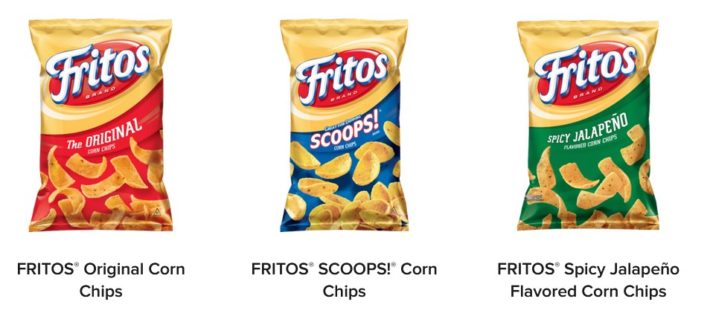
Fritos are deep fried corn chips. The Fritos brand was created in 1932 by Charles Elmer Doolin. Doolin found a vendor in San Antonio selling deep fried corn snacks. He purchased the recipe from the vendor and then perfected it with the help of his mother in her kitchen.
The Frito brand grew rapidly over the next several decades. In 1961, Frito Corporation merged with Lays to create Frito-Lay. Today, the Frito brand generates over $1 billion a year in sales.
Cheetos

Fritos are deep fried corn chips. The Fritos brand was created in 1932 by Charles Elmer Doolin. Doolin found a vendor in San Antonio selling deep fried corn snacks. He purchased the recipe from the vendor and then perfected it with the help of his mother in her kitchen.
The Frito brand grew rapidly over the next several decades. In 1961, Frito Corporation merged with Lays to create Frito-Lay. Today, the Frito brand generates over $1 billion a year in sales.
Tostitos

The Tostitos brand was released by PepsiCo in 1978. The Tostitos brand is a more authentic take on Mexican chips.
Tostitos Scoops are a popular spin-off product of the brand. Tostitos Scoops are bowl-shaped chips that help to scoop more dip with each chip.
Quaker
The Quaker brand is different from PepsiCo’s other large brands. PepsiCo’s other major food brands are all chips. Quaker, on the other hand, sells a variety of packaged food products.
Quaker Oats is PepsiCo’s second oldest brand – only behind Pepsi cola. Quaker Oats was formed in 1991 from the merger of 4 oat mills.
PepsiCo purchased Quaker Oats for $13.4 billion in 2001. PepsiCo’s rational for the purchase was to obtain the Gatorade brand, which Quaker Oats had acquired in 1983. The strategic rationale for keeping the Quaker brand is the brand’s ‘health conscious’ image which balances out the ‘not so healthy’ Frito-Lay snacks.
PepsiCo Valuation
Based on our expected adjusted EPS of $7.27 per share in 2023, PepsiCo’s price-to-earnings ratio is hovering around 25.
PepsiCo is likely trading above fair value, as its 10-year average P/E ratio is approximately 21. That said, premium businesses typically command premium valuations in the stock market, given the company’s portfolio of high quality brands and solid growth prospects.
PepsiCo generates a majority of revenue from its food brands. Despite being named after a soda, PepsiCo’s value comes more from its Frito-Lay products than its drink products.
PepsiCo’s Growth Prospects
PepsiCo continues to perform well on a fundamental basis. On April 25th, 2023, PepsiCo reported first quarter results for the period ending March 31st, 2022. Revenue grew 10.2% to $17.9 billion, topping analysts’ estimates by $580 million. Adjusted earnings-per-share of $1.50 compared to $1.29 in the prior year and was $0.11 better than expected.
Due to company’s organic growth guidance, we expect 5.5% through 2027. PepsiCo‘s growth over this time period will accrue from sales growth and share repurchases.
Final Thoughts
PepsiCo is a favourite of dividend growth stocks, thanks to its solid dividend yield and long history of dividend raises. We consider PepsiCo to be one of the blue chip stocks thanks to its better-than-average growth prospects, soliddividend yield, and stability.
PepsiCo’s portfolio of high quality brands in the slow changing food and beverage industry makes the company extremely stable. PepsiCo’s size and advertising strength will very likely see the company add more iconic brands in the future.
Related:


